I have been working for some time with NV21 images in Android and I have been tracking a bug that might be caused by incorrect indexing bytes in an NV21 image.
The image in the answer of this question has a nice overview of how the Y, U and V bytes are positioned in the image buffer. Not sure it is allowed, but I am embedding it below:
- What happens when the image has odd dimensions (as in parity)? Is that even possible in this format?
- Do we have an official specification of this format somewhere?
